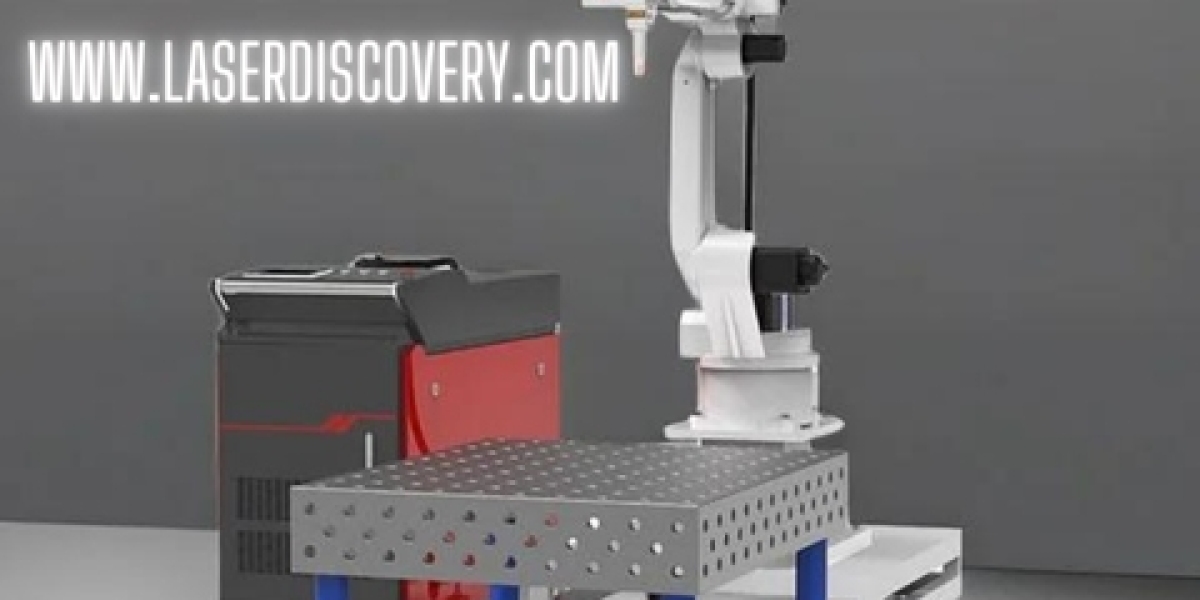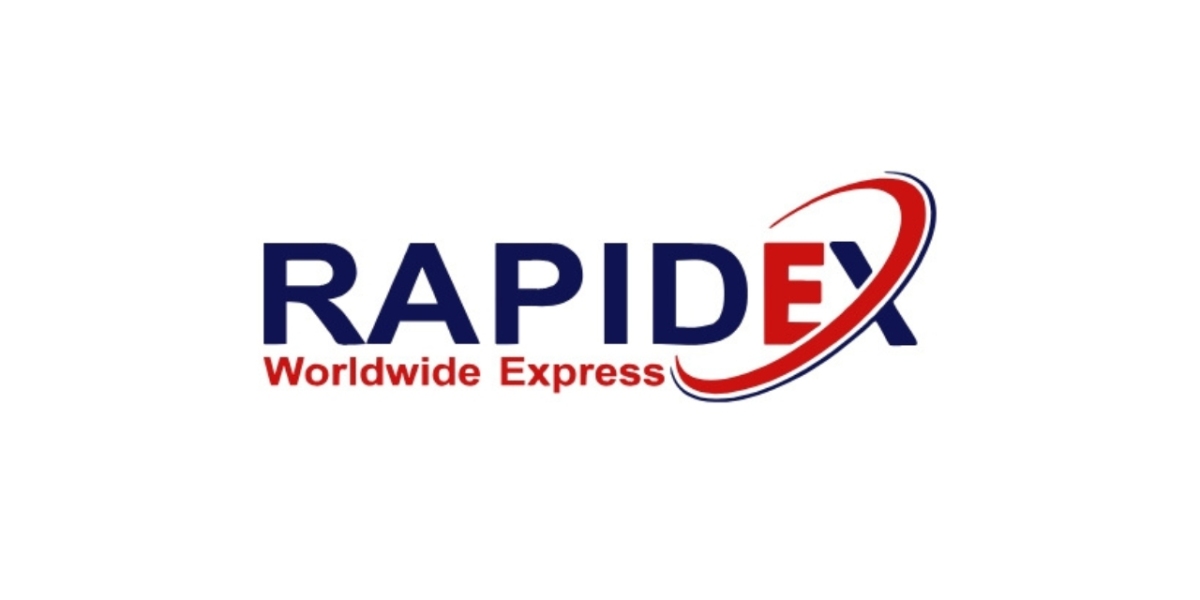In today’s technology-driven world, devices like smartphones, routers, wireless speakers, and IoT products have become indispensable. However, before these electronic devices can be sold in the United States, they must meet strict regulatory requirements to ensure they are safe and do not cause harmful interference. This is where FCC certification comes into play. Understanding FCC certification is crucial for manufacturers, importers, and businesses looking to enter the U.S. electronics market.
What is FCC Certification?
The Federal Communications Commission (FCC) is a U.S. government agency responsible for regulating interstate and international communications via radio, television, wire, satellite, and cable. FCC certification is a process that ensures electronic devices meet specific electromagnetic compatibility (EMC) and radio frequency (RF) standards to prevent interference with other devices and communication networks.
The certification indicates that a device complies with the FCC’s technical standards and can legally be marketed and sold in the United States.
Importance of FCC Certification
Legal Requirement: FCC certification is mandatory for certain electronic products before they can be sold in the U.S. Market. Selling non-compliant devices can lead to hefty fines, product recalls, or even a ban from the U.S. market.
Consumer Safety: FCC certification ensures that devices emit electromagnetic radiation within safe limits, reducing the risk of harm to consumers.
Avoiding Interference: Certified devices are tested to ensure they do not interfere with other electronic devices or communication networks, such as Wi-Fi, Bluetooth, or cellular networks.
Market Credibility: Products with FCC certification gain trust among consumers and business partners, as the certification demonstrates compliance with U.S. safety and communication standards.
Types of FCC Certification
There are three primary types of FCC compliance for electronic devices:
FCC Declaration of Conformity (DoC):
This applies to devices that have a low risk of causing interference, such as personal computers and peripherals. The manufacturer or importer tests the device and declares its conformity to FCC standards without submitting it to the FCC for approval.FCC Verification:
Verification is applicable to devices that are less likely to cause interference. Testing is usually performed in-house or at a third-party lab. The results are kept on file by the manufacturer, but they are not required to submit them to the FCC unless requested.FCC Certification:
This is required for devices that have a higher risk of causing interference, such as transmitters, wireless devices, and mobile phones. The device must be tested in an accredited laboratory, and a detailed application must be submitted to the FCC or a Telecommunication Certification Body (TCB) for approval. Once approved, the FCC grants an official certification, allowing the device to be marketed legally.
FCC Certification Process
Obtaining FCC certification involves several critical steps:
Identify the Product Category:
The first step is to determine which FCC rules apply to your device. For example, a Wi-Fi router falls under Part 15 of the FCC rules for unlicensed RF devices.Pre-Testing:
Conduct pre-compliance testing to ensure your device meets the required technical standards. This step helps identify potential issues before formal testing.Choose a Testing Laboratory:
Only FCC-recognized accredited laboratories can conduct testing for certification. These labs perform EMC, RF, and safety testing according to FCC requirements.Testing the Device:
The device undergoes rigorous testing for emissions, susceptibility, and safety standards. Tests may include radiated emissions, conducted emissions, and RF exposure limits.Documentation Preparation:
The manufacturer must prepare a comprehensive test report, user manuals, and product information for submission.Application Submission:
The testing results and documentation are submitted to the FCC or an accredited TCB for review.Granting FCC Certification:
Once approved, the FCC or TCB issues an FCC ID, which is a unique identifier assigned to the certified product. The FCC ID must be labeled on the product and its packaging.
Labeling Requirements
All FCC-certified devices must carry a visible FCC label. This label typically includes the FCC ID, the manufacturer’s name, and any compliance statements required by the FCC. Accurate labeling is essential, as failure to comply can result in penalties.
Challenges in FCC Certification
Obtaining FCC certification can be a complex and time-consuming process. Some common challenges include:
Complex Technical Standards: Different devices require compliance with various FCC parts, making it essential to understand applicable regulations.
Testing Costs: Accredited laboratory testing can be expensive, especially for devices with multiple wireless technologies.
Documentation Requirements: Comprehensive technical documentation is necessary, and any missing or incorrect information can delay approval.
Product Changes: Even minor changes to hardware or software may require re-certification, which can affect production timelines.
Tips for Smooth FCC Certification
Engage Early: Involve compliance experts at the early stages of product design to prevent costly redesigns.
Choose Experienced Labs: Work with accredited laboratories familiar with your product category to ensure accurate testing.
Maintain Proper Documentation: Keep all test reports, user manuals, and technical data organized for submission and future reference.
Stay Updated: FCC regulations can change over time, so regularly check for updates that may impact your product compliance.
Conclusion
FCC certification is a critical step for any manufacturer or business looking to sell electronic devices in the U.S. market. It ensures that devices are safe, reliable, and compliant with electromagnetic compatibility and radio frequency regulations. While the certification process may seem daunting, understanding the requirements and following a structured approach can make it manageable and cost-effective.
Ultimately, FCC certification not only protects consumers and networks from interference but also enhances the credibility and marketability of electronic products. For businesses aiming to succeed in the highly competitive U.S. electronics market, prioritizing FCC compliance is not just a legal necessity—it is a strategic advantage.








